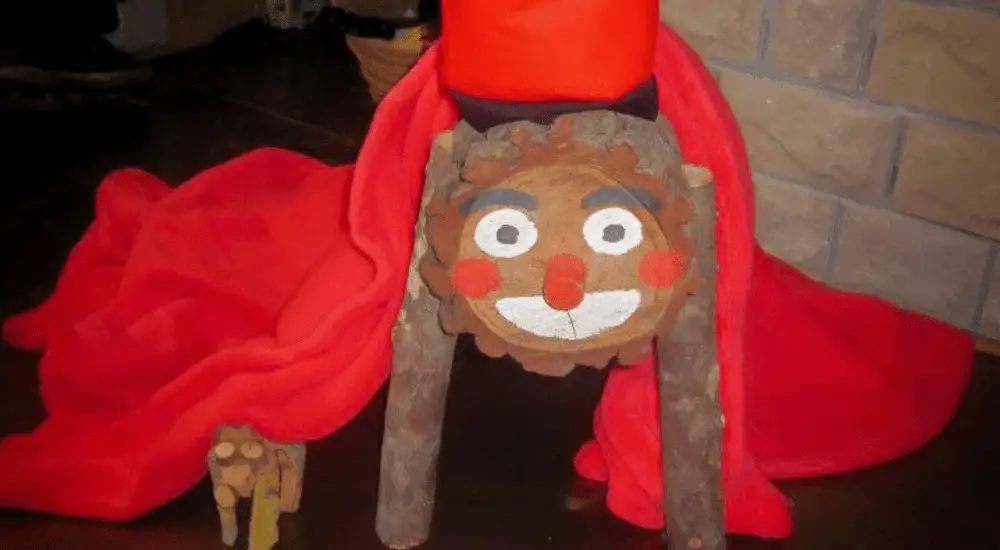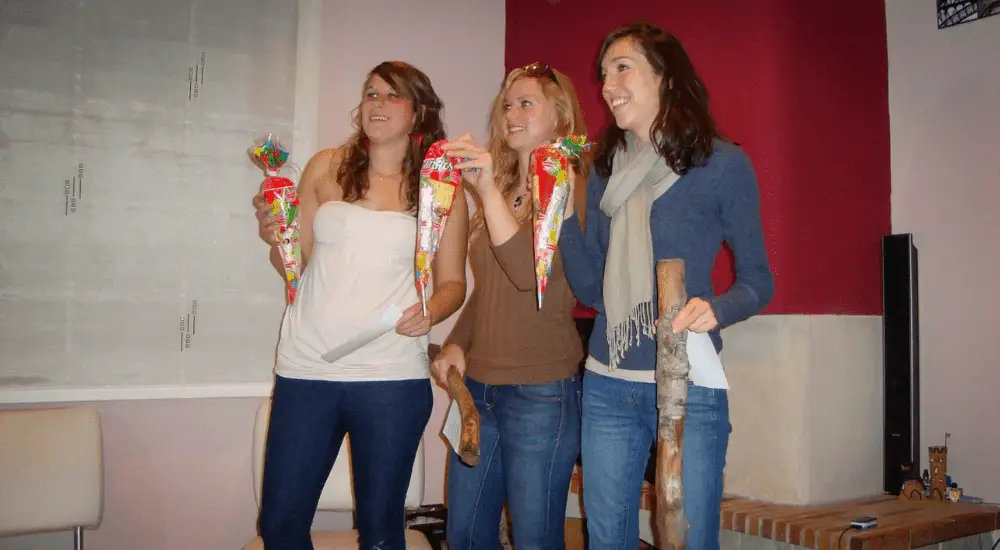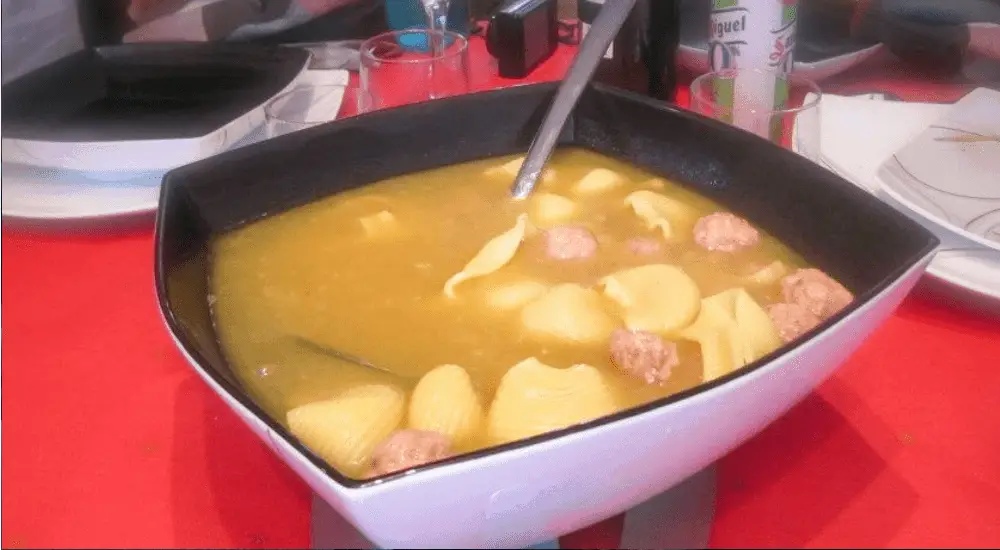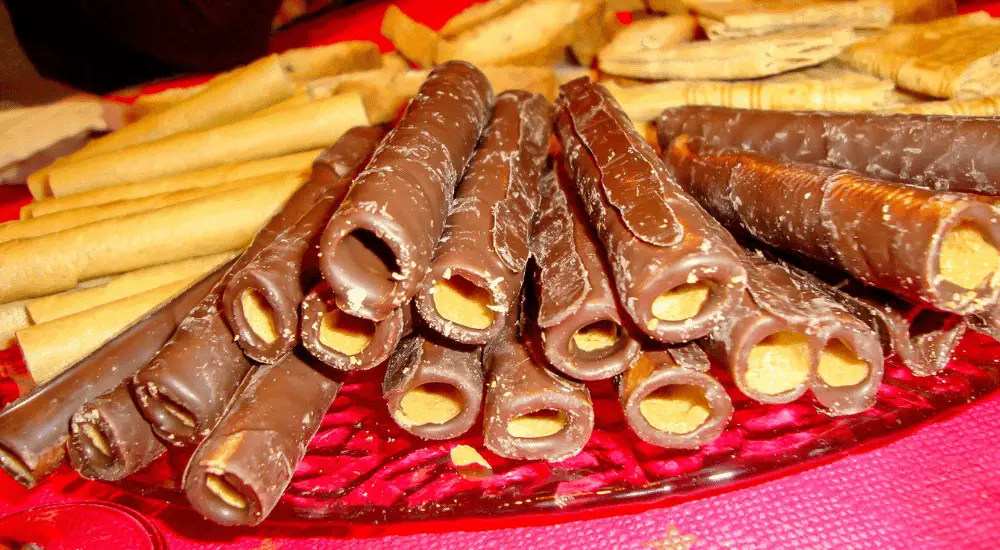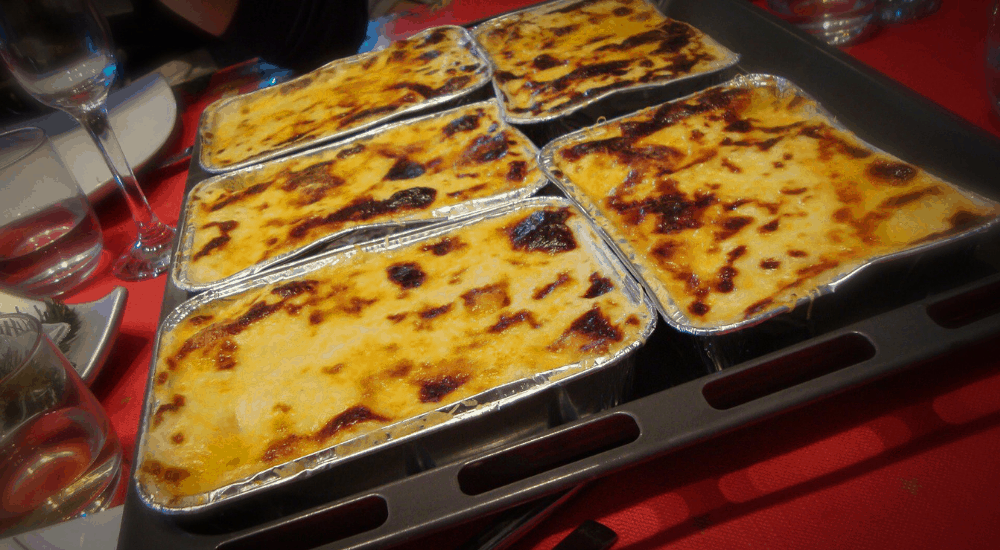When it comes to other people’s Christmas traditions, us Americans don’t seem to give too much thought about it. We are too wrapped up in our Santa stories, delicious Christmas cookies, and intense house decorating to really think twice about it. However, other parts of the world do celebrate Christmas differently, and some Christmas traditions are just too cool not to know about. That is certainly the case in Catalonia, Spain.
December 8th: The Start of Christmas
If you want to celebrate Christmas like a Catalan, you can start putting up your decorations around December 8th, which also happens to be a religious holiday (Immaculate Conception). The best part, however, is that you also get an extended vacation weekend around that time. So, before Christmas break even begins, you already have a pre-vacation. A lot of Catalans will take the opportunity to head out of the city. Perhaps they’ll go skiing in Andorra or head to another part of Spain. Personally, as I was living in Catalonia, I did a weekend long trek through the Pyrenees.
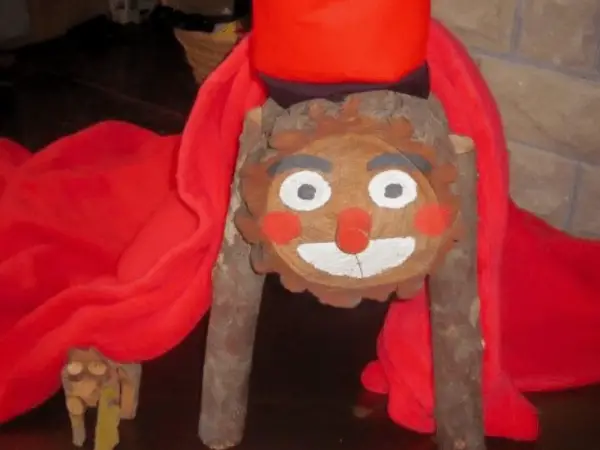
December 8th: Setting Out The Caga Tió (The Pooping Log)
Yes, you read that correctly. One of the more important Catalan traditions is the Caga Tio, a log that poops out sweets for children. It’s probably the coolest Christmas tradition I’ve ever heard of, and it’s lots of fun to participate in. But, before I tell you how it works, let’s first start with a little with a story about the Caga Tió…
Tradition says that the Caga Tió was a lonely tree stump, cold outside in the forest, until some warm-hearted people brought him into their home and took care of him. They put a blanket on him to keep him warm and gave him food to eat because he was hungry.
From the 8th of December on, the Catalan children feed the caga tió mandarins, Polvorones, and other foods. Naturally, the tió is hungry, so he “eats” everything the children give him. He eats so much during the Christmas season that, at some point, typically before Christmas Day, the tió has to poop….
December 8th: Hiding the Caganer in the Nativity Scene
If a pooping log just wasn’t enough for you, don’t worry. There’s more. The Catalans have one more interesting Christmas figure, and that is the Caganer, who is, quite literally, a man squatting down and pooping somewhere outside.
The Catalan Christmas tradition is to take the Caganer and hide him in the nativity scene. I think this is for obvious reasons. Really, who wants to see a man pooping in the open? At least he is trying to be discreet about it.
After the Caganer has been hidden in the nativity scene, a fun game his to have the children try and search for him. It’s always exciting to be the first one to find the Caganer.
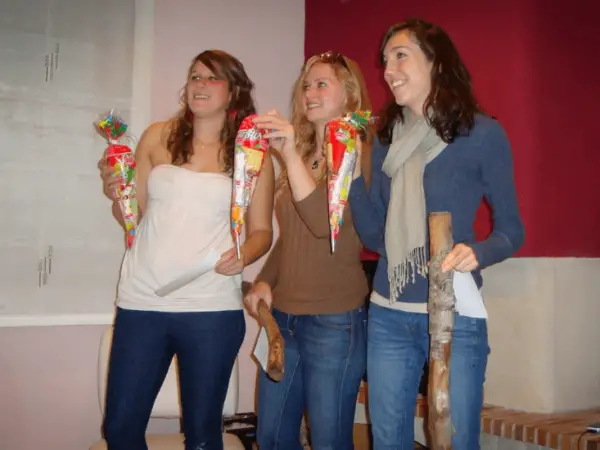
Around December 23rd: The Caga Tió Poops Out Sweets
It’s time for the tió to poop, but he can’t do it alone. Children are brought in for assistance and given long sticks. They then proceed to hit the tió, and, in Catalan, sing…
Caga tió,
caga torró;
si no et daré
cop de bastó.
The song basically says, “poop sweets tió, or I’ll hit you with the stick!” It also seems to work. After a few tries, the kids look under the tió’s blanket, and to their joy, there are sweets and small gifts that the tió has “pooped” out. It’s certainly a unique (and fun!) way to get children some Christmas sweets.
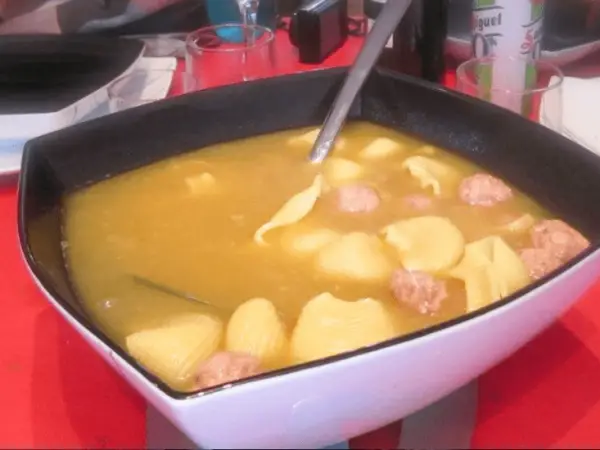
December 24th: The Big Christmas Eve Meal
In Catalonia, they actually eat the Christmas Eve meal before the tió “poops” out presents for the children. Some of the typical Christmas foods are Cannelloni, Sopa de Galets, Escudella i Carn D’Olla, Nuellas, Polvorones, Neulas, Turrones, and a few tapas.
December 24th: La Misa del Gallo (Midnight Mass)
La Misa del Gallo is the midnight mass on Christmas Eve. In recent years, people have become less and less religious. So, fewer are attending the Misa del Gallo. However, there are those that still do, particularly the older generation.
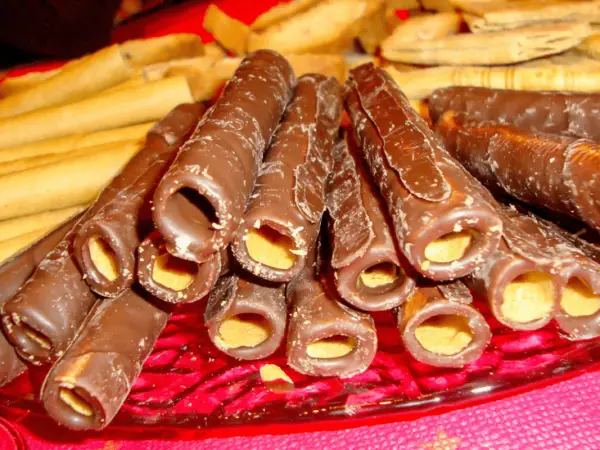
December 25th: Santa Claus and a Big Lunch
Santa Claus is not a Catalan tradition. It is something they have taken these past years from the U.S., and not every Catalan celebrates Santa Claus either.
What some families do, however, is to give their children some of the bigger presents from Santa Claus on Christmas day, so that they can play with the presents throughout the holidays. This contrasts with the original tradition where the biggest presents were given at the end of the vacation on Three Kings Day.
The 25th of December is also another day of eating some delicious food with your family. The big meal on this day is lunch, and some families also eat a hefty dinner on top of that.
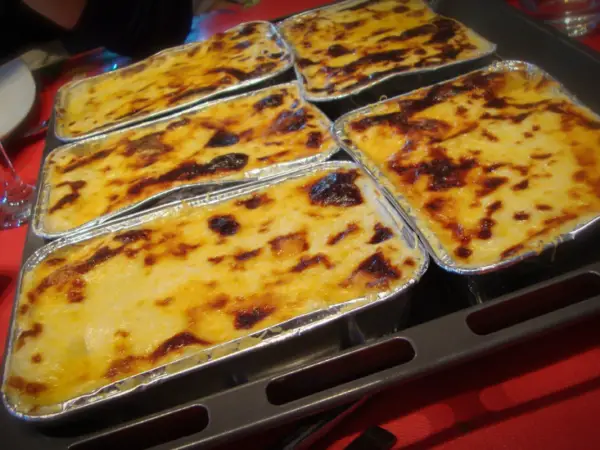
December 26th: Sant Esteve's Day and Canelons
The Catalan province is the only one in Spain to have an additional holiday the day after Christmas. This holiday was originally a religious holiday, and also used as the day for travelers who were heading back home after Christmas Day. Now, Sant Esteve’s Day is dedicated to eating some delicious canelons, visiting your family, and stuffing yourself with even more food.
January 6th: Three Kings Day
If you were thinking that, after the Caga Tió and Santa Claus, the Catalans couldn’t possibly receive any more gifts, then you were wrong. The last gift-giving day is at the end of the holiday season and is called the “Tres Reyes” or the Three Kings.
On the night of the 5th of January, there are parades throughout the cities in Catalonia where the Three Kings come and pass out sweets to the children. On the 6th of January, the children wake up to the gifts that the Three Kings had brought them the night before. Then, I bet you can guess what happens after that… yes, another big meal. The Catalan people love to eat!
Christmas at Work: Secret Santa with a Twist
It is also very popular for Catalans to participate in Secret Santa at work. The only difference is that they usually don’t tell who the gift is from, even after it is given. However, depending on the person, a hint may be given as to who the giver was.
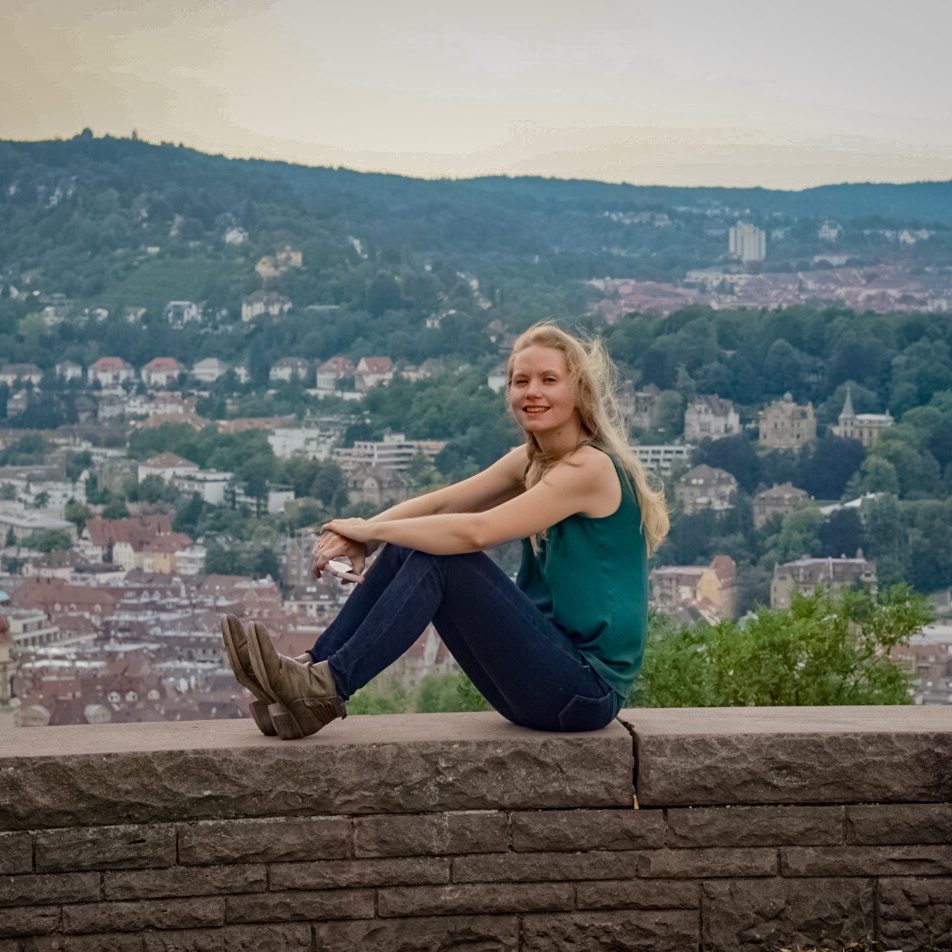
Natalie is the creator of this website, Tourist 2 Local, and has a huge passion for traveling and learning about other cultures. She enjoys diving deeper into the places she visits and is curious about the various foods people eat, languages they speak, and the different traditions and customs people partake in around the world. Apart from traveling, Natalie is a fierce board game player, an English teacher, and someone who is interested in just about every sport and activity.
